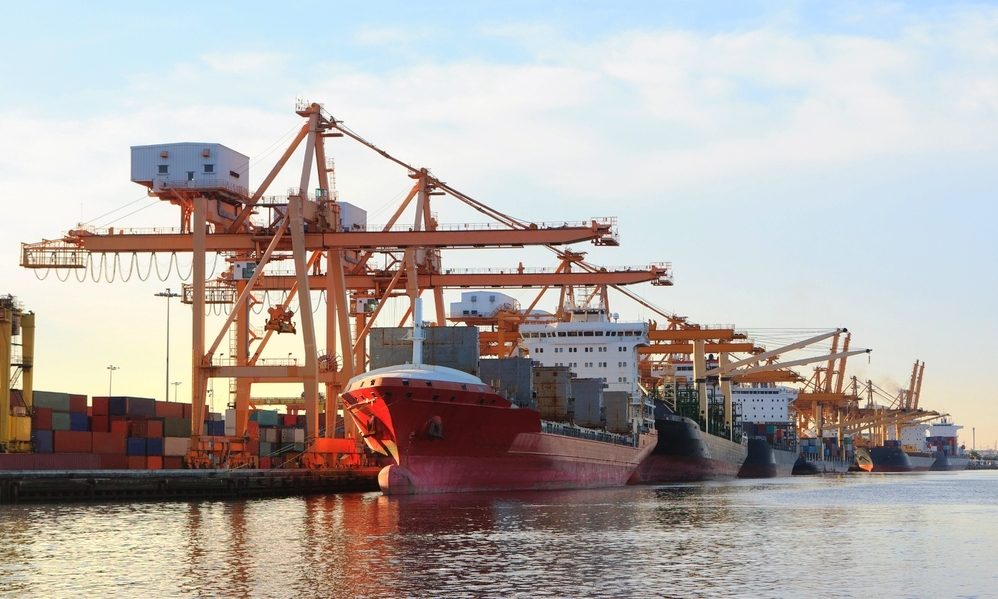
Figures encouraging based on revisions to January estimates.
The UK trade deficit for goods and services closed in from £5.2 billion in January 2016 to £4.8 billion in February 2016. This reflected an overall 0.9% increase in exports in the period, from £41.7 billion in January to £42.1 billion in February.
Goods edged out services, as the former saw a £0.3 billion boost, whereas the latter increased by £0.1 billion. In comparison, import levels saw a fall from £29.9 billion to £46.9 billion.
Goods exports increased by 13% in February for chemicals, but this was partially counterbalanced by a fall in exports in machinery and transport equipment. There was a 10.7% rise in the imports, however, of machinery and transport equipment.
The BBC issued a ‘health warning’ for these figures, noting that January’s trade deficit figures have undergone a significant revision. Although this has been reported at £5.2 billion, it was estimated at £3.5 billion; this means that trade deficit could have been £1.7 billion bigger when discounting the revision.
The trade deficit hit its highest levels on record for the quarter till February 2016 for goods to and from the EU. This saw a 1.3% fall in exports and a 1.1% boost in imports.
“UK exports are a long way off from reaching the previous coalition Government’s target of £1 trillion by 2020,” says Carl Hasty, Director of international payments agency Smart Currency Business. “The UK’s upcoming vote on its EU membership will complicate UK exporters’ risk assessment and management, particularly as the pound sterling (GBP) fluctuates in accordance with market uncertainty.”
The data from the UK pales in comparison to that of other countries within the G7 group, as well as with China. The UK reported the lowest net trade in goods balance as a proportion of its Gross Domestic Product (GDP).

 020 7898 0500
020 7898 0500